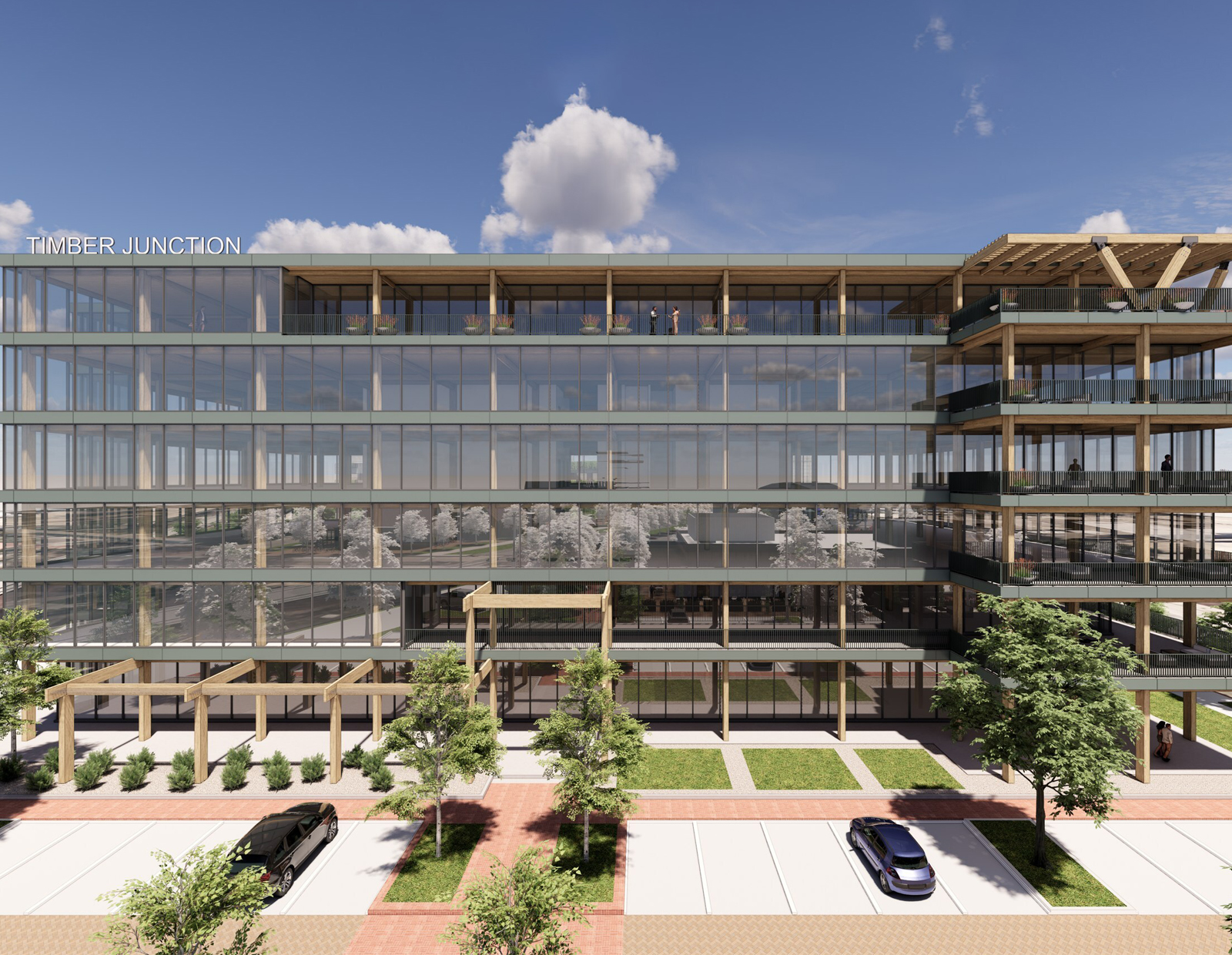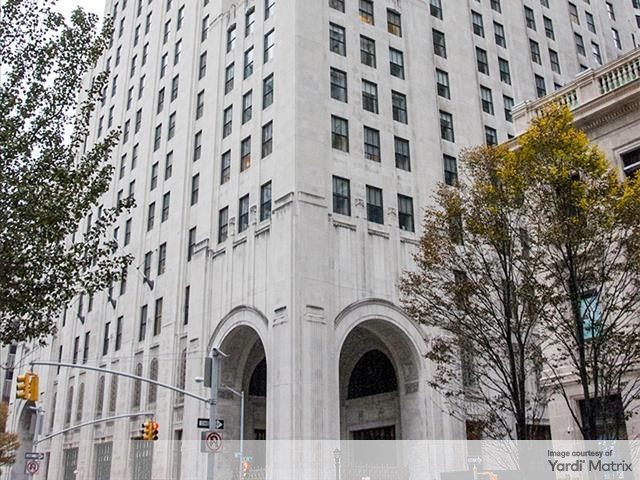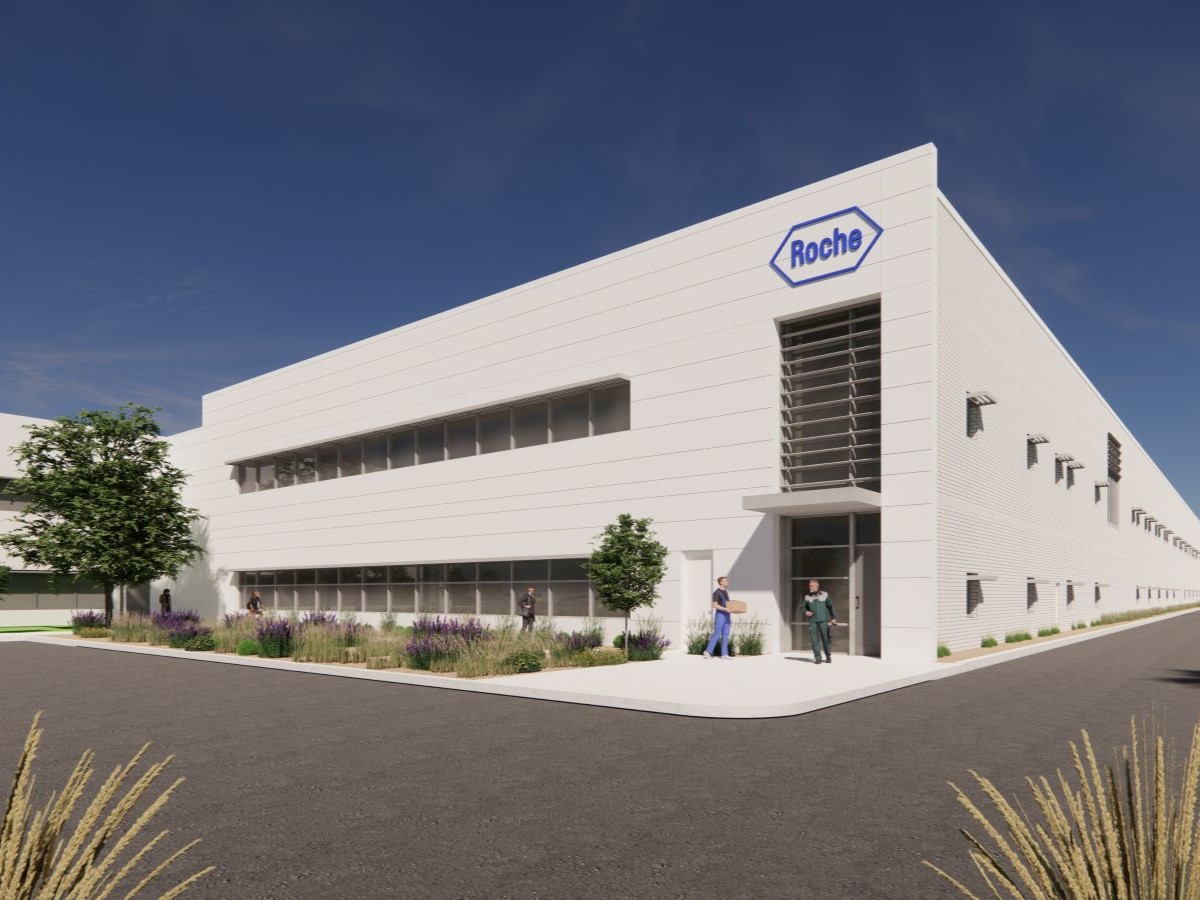Repair, Replace, Recover
At press time, Congress had just approved a $1.1 trillion spending bill funding the federal government until September. A follow-on to the two-year budget accord achieved in December, it marked progress after three years of partisan infighting that hit a nadir last October with the first shutdown of the federal government in 17 years. Besides…
At press time, Congress had just approved a $1.1 trillion spending bill funding the federal government until September.
A follow-on to the two-year budget accord achieved in December, it marked progress after three years of partisan infighting that hit a nadir last October with the first shutdown of the federal government in 17 years. Besides wasting precious time, energy and good will, the bickering has done nothing to address the fundamental challenges: a shortage of capital and the responsibility to allocate those resources wisely.
While Congress has been fighting over spending priorities, local governments continue to grapple with shortfalls that the economic recovery has yet to relieve. That leaves few options to fix or replace aging bridges, highways, railways and other transportation infrastructure. In too many places, water, power and other utilities are likewise being stretched to the limit. That creates a Catch-22 for capital-constrained jurisdictions trying to attract the additional businesses and residents needed to expand tax revenues and replenish public coffers.
Certainly, these limitations impact the real estate market as it seeks new tenants of every ilk. But the industry is by no means relegated to the sidelines. Increasingly, public agencies are seeking private partners to make repairs, replacements and expansions possible. Seasoned investors and developers that have earned the confidence of those agencies, and whose assets depend on reliable infrastructure, would seem to be natural partners.
How best to pursue such mutually beneficial opportunities? Some forward-thinking companies are showing the way. Vulcan Inc., to name one developer, has championed road, rail and utility projects that are essential to revitalizing the South Lake Union neighborhood of its Seattle hometown. This month’s cover story, “Bridging the Gap,” examines the nation’s infrastructure challenges and how the real estate community is contributing to solutions.
One trend that may help advance the mission is the steady return of the real estate capital markets, which we address with a special section on finance during this traditional month of the Mortgage Bankers Association Commercial Real Estate Finance conference. Toward the end of last year, outstanding commercial and multi-family mortgage debt achieved new levels, with third-quarter growth in volume reaching a post-recession peak, according to the MBA. A wide variety of capital sources are ramping up volume, expanding selectively into secondary markets, providing construction financing and considering additional property types. And lender appetite is likely to grow further in 2014. According to a year-end survey by the MBA, 91 percent of top lenders project that originations will increase, with 48 percent expecting volume to increase by at least 5 percent.
That is good news indeed, although it must be tempered by a caveat. As veteran financier Jack Cohen cautions this month in a featured Q&A, prudent risk management is a necessity if the capital markets are to provide a solid foundation for continued growth.
Suzann D. Silverman, Editorial Director







You must be logged in to post a comment.